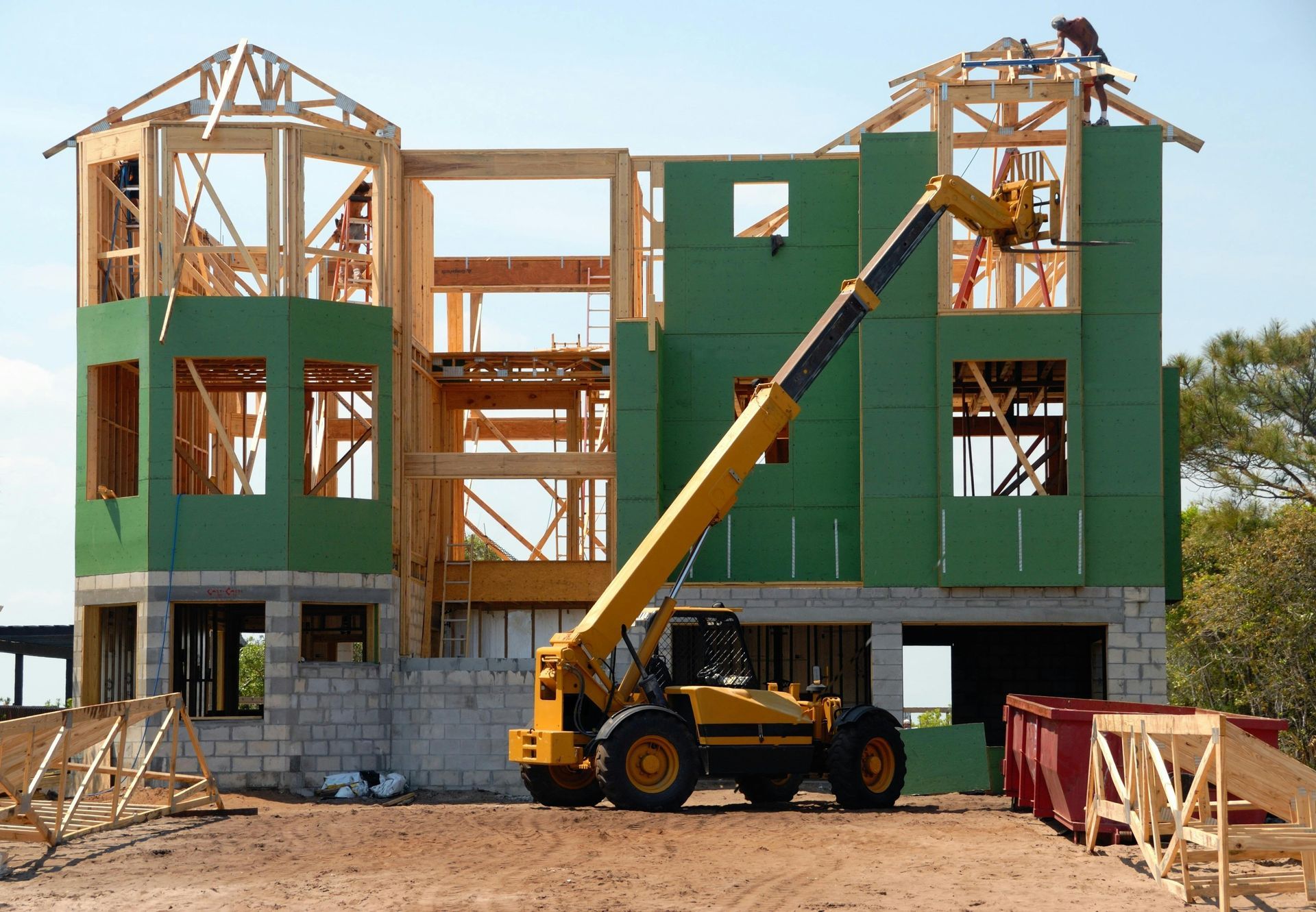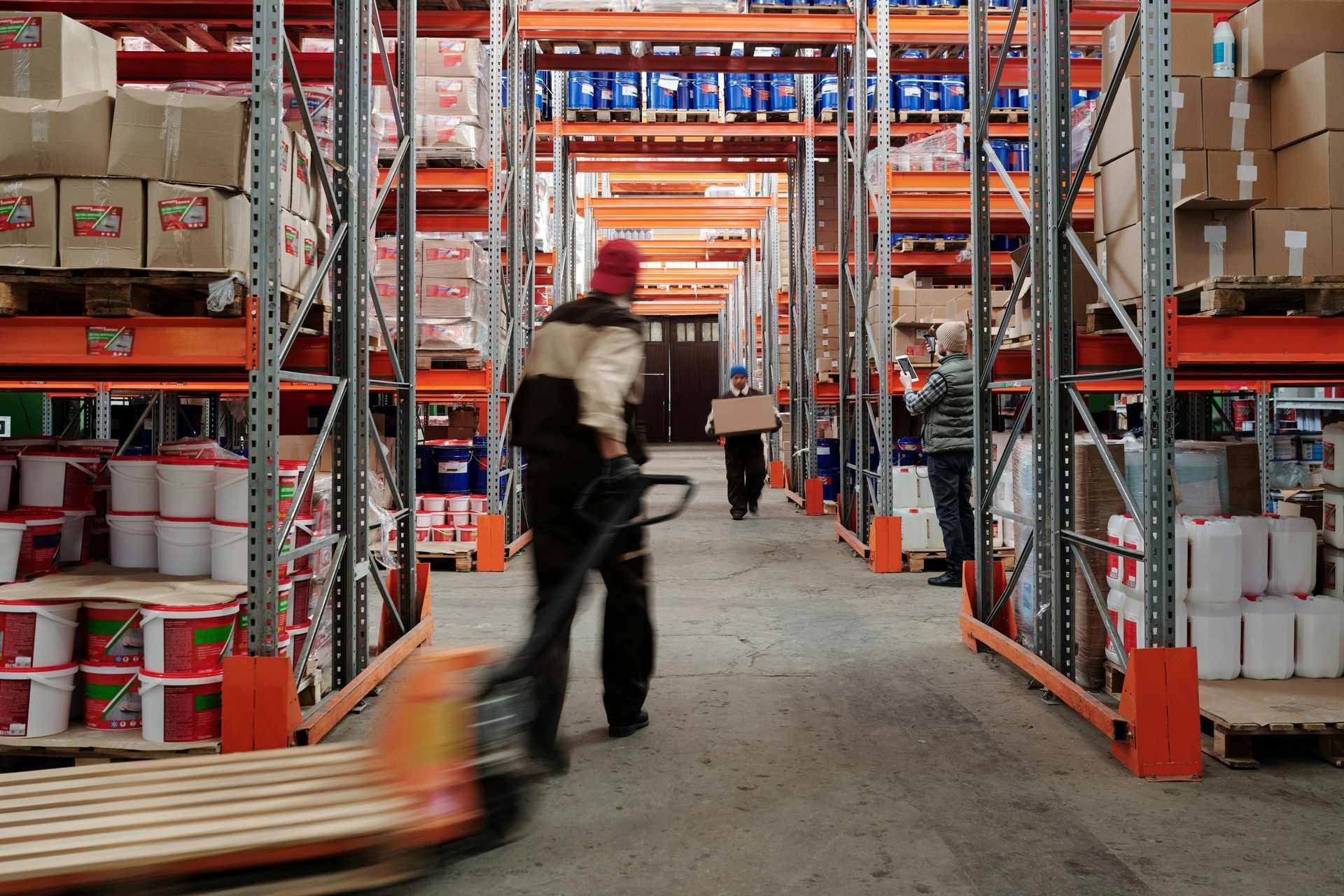5 Ways Tech-Driven Logistics Are Transforming the Construction Industry
In the high-stakes world of construction, time, accuracy, and efficiency are critical. The faster a project can be completed without sacrificing quality, the better the outcome for all stakeholders. Yet one of the greatest challenges that construction companies face is logistics. Ensuring materials are delivered on time, managing supply chain complexity, and maintaining clear communication between all parties are essential to completing projects on schedule and within budget. In recent years, technology has brought about a seismic shift in logistics, especially within the construction industry, enabling companies to streamline their operations, reduce delays, and improve reliability across the board.
As a result, tech-driven logistics is becoming the backbone of successful multi-unit construction projects. From real-time tracking and inventory management to the integration of drones and robotics, technology has revolutionized the way materials are moved, monitored, and managed. In this article, we will explore five ways tech-driven logistics are transforming the construction industry, helping companies improve efficiency, reliability, and overall project success.
1. Real-Time Tracking and Visibility
One of the biggest pain points in construction logistics is the uncertainty around material deliveries. Traditionally, once materials were en route, there was little visibility into their progress. Delays often went unnoticed until the delivery was late, causing stress, confusion, and project disruptions. With the advent of real-time tracking technology, that uncertainty has been eliminated. Now, construction companies and logistics providers can monitor the exact location of materials in transit at all times.
Benefits of Real-Time Tracking:
Full Transparency: Real-time tracking provides construction teams with live updates on the location and estimated arrival times of materials. This level of visibility allows project managers to make informed decisions and adjust schedules as needed.
Immediate Problem Solving: If a shipment is delayed due to traffic, weather, or mechanical issues, real-time tracking systems can alert the logistics provider immediately, allowing them to find alternate routes or solutions to minimize disruption.
Accurate Scheduling: When you know exactly when materials will arrive, you can allocate resources, schedule labor, and prepare the job site accordingly. This minimizes downtime and ensures that materials are available precisely when needed.
Moreover, real-time tracking systems reduce the reliance on phone calls and manual updates, replacing them with automated notifications and alerts. This not only saves time but also reduces human error, which often arises when relying on outdated, manual tracking methods.
2. Automated Inventory and Supply Chain Management
The complexity of managing the materials required for large construction projects can’t be overstated. From ensuring that the right materials are on hand to avoid delays to keeping track of what’s being used and what needs to be reordered, traditional inventory management methods often fall short. Automation has changed that. Using cloud-based systems and specialized software, construction companies can manage their entire inventory and supply chain from a single platform.
Key Advantages of Automated Inventory Systems:
Real-Time Updates: Automated systems provide real-time updates on inventory levels, allowing you to know exactly how much of each material is available at any moment. This helps prevent shortages and reduces the risk of over-ordering.
Reduced Human Error: Manual inventory tracking can result in costly errors, such as inaccurate counts or miscommunication with suppliers. Automated systems virtually eliminate these issues, ensuring that your data is always accurate.
Predictive Reordering: Advanced algorithms analyze past usage patterns and project timelines to forecast when certain materials will need to be reordered, ensuring a continuous supply of essential items.
Seamless Integration: Many inventory management platforms integrate directly with suppliers, making it easier to reorder materials with the click of a button. This reduces delays caused by manual purchase orders and ensures that materials arrive when needed.
By automating inventory and supply chain management, construction companies can improve efficiency, reduce waste, and keep projects moving smoothly. This proactive approach not only saves time but also helps companies avoid costly delays caused by material shortages.
3. Data-Driven Decision Making
Data has become the lifeblood of modern logistics operations. With the rise of big data and advanced analytics, construction companies now have access to vast amounts of information about their logistics processes, from delivery times and costs to potential bottlenecks in the supply chain. This data enables more informed decision-making and allows companies to optimize their logistics operations for greater efficiency.
How Data-Driven Decision Making Enhances Logistics:
Optimized Delivery Routes: Logistics providers can analyze historical data on delivery times and routes to identify patterns and optimize routes in real-time. This reduces fuel consumption, shortens delivery times, and lowers transportation costs.
Supplier Performance Analysis: By tracking metrics such as delivery times, accuracy, and condition of materials upon arrival, construction companies can evaluate the performance of their suppliers and choose the best partners for future projects.
Risk Identification and Mitigation: Data analytics can reveal trends in the supply chain that may signal potential risks, such as recurring delays from a specific supplier or frequent issues with a particular route. Identifying these risks early allows companies to take action and avoid costly disruptions.
Additionally, data-driven logistics enables companies to make proactive adjustments to their processes, based on insights from previous projects. For instance, if a particular supplier consistently delivers materials late, a company can switch to a more reliable partner, thereby reducing future delays and improving overall efficiency.
4. Enhanced Communication and Collaboration through Digital Platforms
One of the most challenging aspects of construction logistics is ensuring seamless communication between all parties involved. From suppliers and transporters to on-site teams, clear and consistent communication is vital for avoiding mistakes and delays. Digital platforms have emerged as a powerful tool to streamline communication and improve collaboration in logistics.
Benefits of Digital Communication Platforms:
Centralized Information: These platforms provide a central hub where all stakeholders can access real-time information on delivery schedules, material statuses, and potential issues. This eliminates the need for multiple communication channels and reduces the risk of miscommunication.
Instant Notifications: Automatic notifications keep all parties informed about important updates, such as a shipment's arrival or any unexpected delays. This ensures that everyone is on the same page and can respond quickly if needed.
Collaborative Problem-Solving: When issues arise, digital platforms allow team members to communicate in real-time, collaborating to find solutions quickly. This reduces downtime and helps projects stay on track.
Moreover, digital platforms often include mobile apps, allowing team members to stay connected even when they’re not at their desks. This level of connectivity is especially important on construction sites, where project managers need to make quick decisions based on the latest information.
5. The Integration of Drones and Robotics in Logistics
As technology continues to evolve, drones and robotics are playing an increasingly important role in construction logistics. While drones have been widely used for surveying and site inspection, their use in logistics is still growing. Similarly, robotics is being introduced to improve material handling, both on-site and in warehouses.
How Drones and Robotics Are Shaping Logistics:
Aerial Delivery Monitoring: Drones can be deployed to track material deliveries as they arrive at the construction site. This provides a bird’s-eye view of the site, helping managers verify deliveries and ensure materials are placed in the correct location.
Robotic Material Handling: In large construction sites, robotics can transport heavy materials across the site, reducing the need for manual labor and improving safety. This technology allows materials to be moved more efficiently, without relying on human intervention.
Warehouse Automation: In warehouses, robotics are being used to pack, sort, and move materials. This speeds up the logistics process and ensures that materials are prepared for delivery with greater accuracy and efficiency.
Drones and robotics are still in the early stages of integration into logistics, but their potential to improve efficiency, reduce labor costs, and increase safety is undeniable.










All Rights Reserved | ASK Logistix